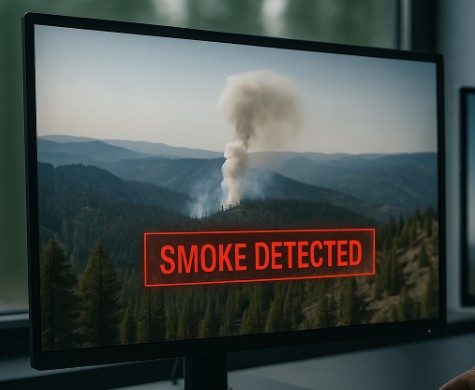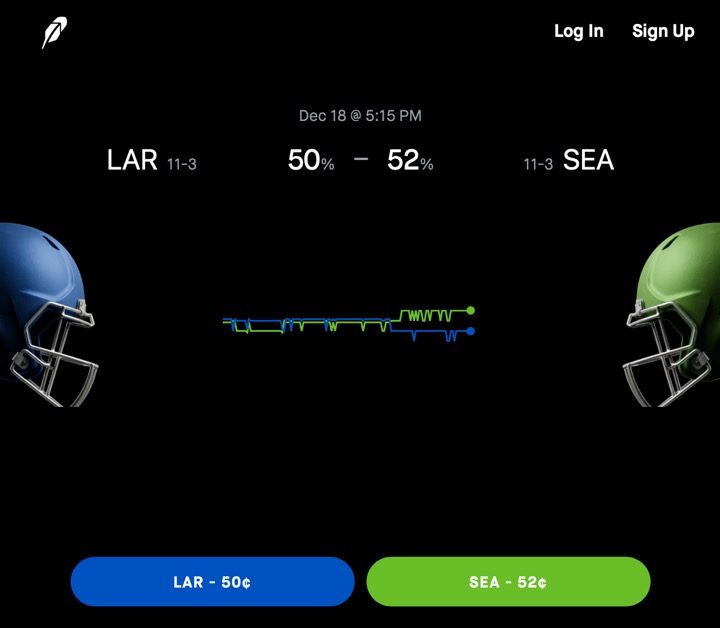One of our Baltimore analysts is vacationing in Northern California this week, near the town of Angels Camp in Calaveras County.
It’s a beautiful area of the country, known for Calaveras Big Trees State Park and its giant sequoia trees.
Source: Wikimedia Commons
You’ll find natural meadows, towering forests and peaceful hiking trails throughout the county.
It’s a nature lover’s dream.
Unfortunately, it’s also a hotspot for wildfires. Especially this time of year.
Wildfires have caused hundreds of billions of dollars in economic damage across the U.S. over the past decade.
AccuWeather estimated that the early 2025 Los Angeles wildfires alone resulted in total losses between $250 billion and $275 billion.
That figure includes everything from firefighting and property damage to lost work hours and serious health impacts.
And as summers get hotter, these numbers are bound to go up.
No matter what you believe is causing the rise in wildfire activity, the reality is that it’s becoming a national security issue.
Wildfires now threaten our power grids, critical infrastructure and our homes. And they’re forcing governments and companies to rethink how they protect the public.
But AI could help us stay ahead of the danger…
Seeing Smoke Before It Spreads
We’ve talked before about how artificial intelligence is starting to make a real-world impact.
Yet when you mention AI, most people still think of things like chatbots, image generators or voice assistants.
But there’s way more to it than that.
Today, AI is being woven into the systems that keep our lives running, like traffic lights or weather radar.
You might not think about these systems, but they are essential services that make your life safer and easier simply because they exist.
Rutgers University’s AI Ethics Lab defines this as “AI-as-infrastructure.”
It means thinking of AI systems as more than just tools. Instead, they become part of the basic systems we all rely on, like power, transportation and communication.
In that way, AI becomes essential to how public services and society work.
And a great example of AI-as-infrastructure today is wildfire detection.
You see, a San Francisco-based company called Pano AI has quietly built one of the most advanced wildfire defense systems in North America.
Pano uses AI to monitor and detect early signs of wildfire activity, long before first responders get a 911 call.
Its cameras are mounted on towers and ridgelines across the western U.S., Australia and Canada, snapping panoramic images every few seconds.
Machine learning software then scans those images for even the tiniest signs of smoke…
Source: Pano AI
And when it detects something, it sends real-time alerts to fire departments, utility companies and other first responders.
The goal is to shorten the time between ignition and response.
Because once a wildfire starts, mere minutes can mean the difference between a one-acre brush fire and a catastrophic multi-county event.
Today, Pano’s network monitors more than 30 million acres and supports over 250 public safety agencies.
The company’s contracts also exceed $100 million.
And I expect that figure will continue to grow as climate risks and population pressures rise.
Last month, Pano closed a $44 million Series B funding round, bringing its total funding to $89 million.
While this company is still private, it shows us where AI is heading.
Governments and utilities are beginning to rely on Pano’s tech like they do weather radar or 911 dispatch systems.
This proves how AI can become vital to maintaining safety and security in the physical world.
And it’s easy to imagine what this might look like for us in the near future.
We’ll have early wildfire detection to protect our homes and power lines. Autonomous drones guarding electrical substations and water reservoirs. And smart sonar systems monitoring port activity and undersea pipelines
These are all environments where mistakes can be costly.
And the harder they are to monitor, the more we’ll need AI to keep watch in real time.
Especially when human eyes or judgment can’t react fast enough.
Here’s My Take
Public safety used to mean boots on the ground and radios in hand.
But today it’s becoming a mix of human response with always-on machine intelligence.
As emergency managers across the country rethink how they handle disasters, AI tools like Pano will play a bigger role.
These new systems will help reshape how cities plan their budgets and how insurers assess risk.
I believe we’re about to see the emergence of a new wave of AI companies that work behind the scenes to protect us.
This will lead to an abundance of opportunities as we focus on investments in the implementation of AI and the disruption it will cause.
And in time, AI-as-infrastructure systems will be as common — and trusted — as stoplights and smoke alarms.
Regards,
Ian King
Chief Strategist, Banyan Hill Publishing
Editor’s Note: We’d love to hear from you!
If you want to share your thoughts or suggestions about the Daily Disruptor, or if there are any specific topics you’d like us to cover, just send an email to [email protected].
Don’t worry, we won’t reveal your full name in the event we publish a response. So feel free to comment away!
Disclaimer: This story is auto-aggregated by a computer program and has not been created or edited by finopulse.
Publisher: Source link








